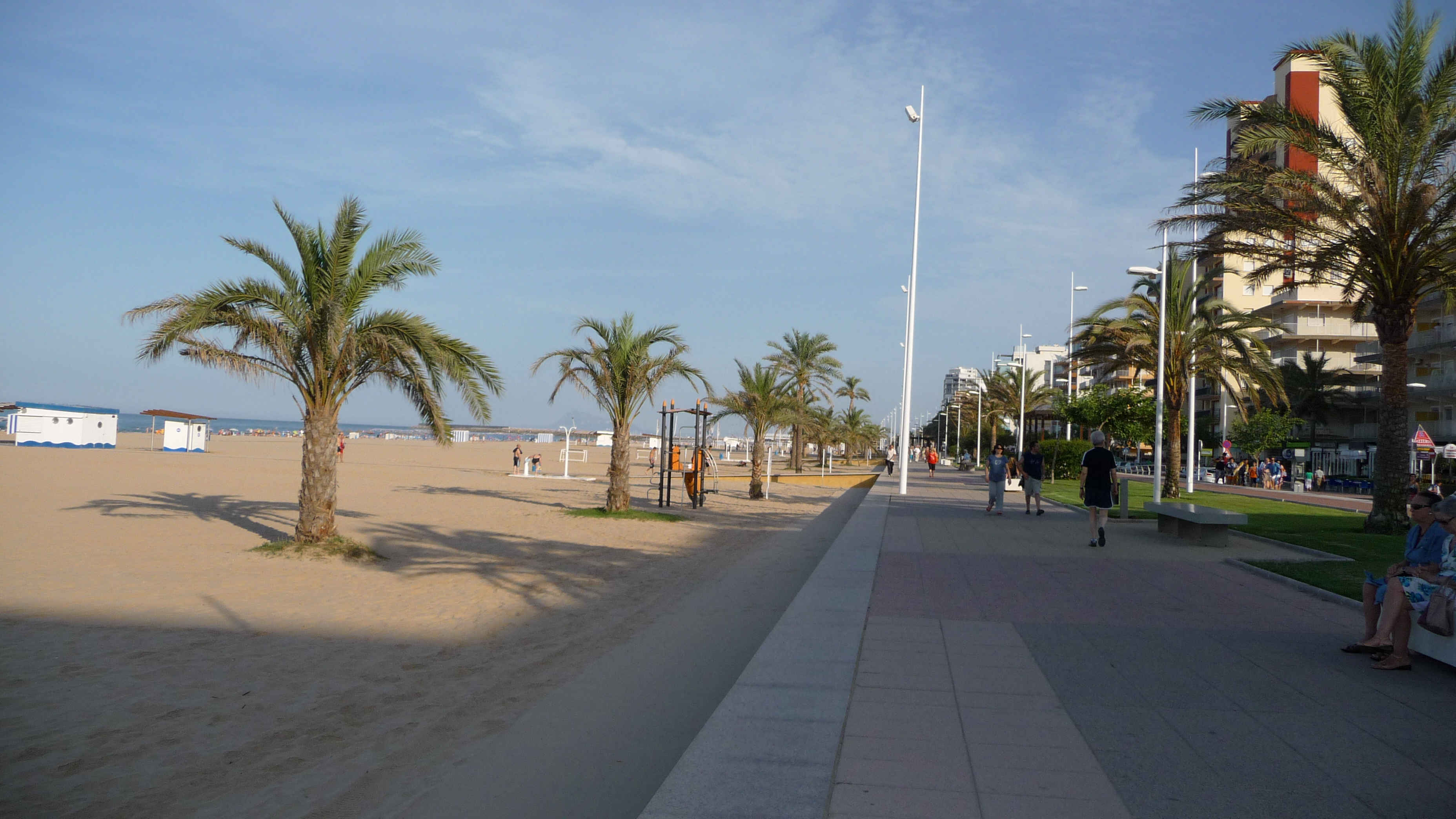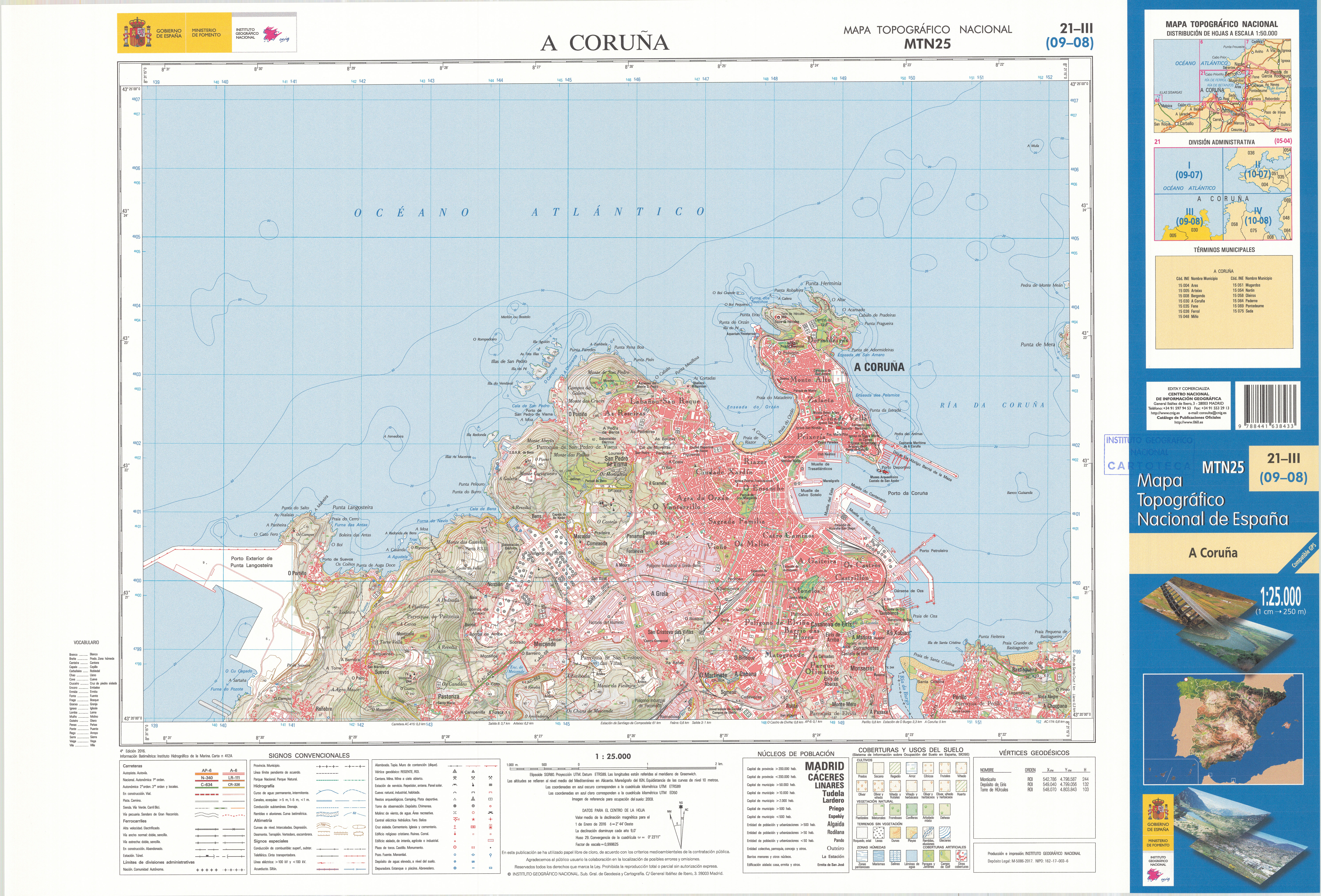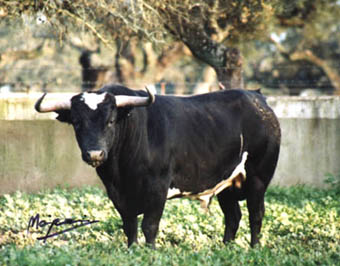|
Miguel Báez Espuny
Miguel Báez Espuny (5 October 1930 – 18 May 2022), better known as "El Litri", was a Spanish bullfighter, a descendant of one of Huelva's foremost bullfighting dynasties. His grandfather, his father, and his half-brother were likewise bullfighters, although it was he himself who outshone them all in fame and recognition. His fame became so great that in 1960, he made his own film, entitled '' Litri and His Shadow'' (Spanish: ''El Litri y su sombra''), in which he tells the story of the whole saga, with himself as the protagonist and the cornerstone for having been the one to reach the greatest height. Báez's son, Miguel Báez Spínola "El Litri", was also a well-known matador in the 1990s. Early life Báez's father, Miguel Báez Quintero "El Litri", a matador who enjoyed a certain level of fame in Huelva, had faith in his son Manuel's future, as his skill with the sword put him among the most promising young bullfighters at that time, but then, on 11 February 1926, Manuel wa ... [...More Info...] [...Related Items...] OR: [Wikipedia] [Google] [Baidu] |
Gandia
Gandia (, ) is a city and Municipalities of Spain, municipality in the Valencian Community, eastern Spain on the Mediterranean. Gandia is located on the Costa de Valencia, south of Valencia, Spain, Valencia and north of Alicante. Vehicles can access the city through N-322 road (Spain), road N-332 and Autopista AP-7, AP-7 highway. Gandia operated as an important cultural and commercial centre in the 15th and 16th centuries: in the 15th century it had a university. It was home to several important people, including the poet Ausiàs March (1400-1459) and the novelist Joanot Martorell (1410-1465). It is perhaps best known for the Borja or Borgia, through their family noble title, title, Duke of Gandia (originally created in 1399). Gandia is one of the largest coastal towns in Spain, with a population of over 200,000 during summer, and a centre of commerce and tourism in its region. There are two main zones, Gandia City, which has all the historical monuments, commercial activity, ... [...More Info...] [...Related Items...] OR: [Wikipedia] [Google] [Baidu] |
Biblioteca Nacional De España
The (National Library of Spain) is the national library of Spain. It is the largest public library in the country, and one of the largest in the world. Founded in 1711, it is an autonomous agency attached to the Ministry of Culture since 1990. Its headquarters is located on the Paseo de Recoletos in Madrid, sharing the building with the National Archaeological Museum. History The library was founded by King Philip V in 1711 as the Royal Library or Palace Public Library. The Royal Letters Patent that he granted, the predecessor of the current legal deposit requirement, made it mandatory for printers to submit a copy of every book printed in Spain to the library. In 1836, the Crown transferred the library to the Ministry of Governance and it was renamed as National Library. A year later, women were allowed access to the library for the first time, after a petition from writer Antonia Gutiérrez was granted by Queen Regent Maria Christina. During the 19th century, co ... [...More Info...] [...Related Items...] OR: [Wikipedia] [Google] [Baidu] |
Las Ventas
The Plaza de Toros de Las Ventas, known simply as Las Ventas , is the largest bullfighting ring in Spain, located in the Guindalera quarter of the Salamanca district of Madrid. It was inaugurated on June 17, 1931. Its seating capacity of 23,798, makes it the third-largest bullfighting ring in the world, after bullrings in Mexico and Venezuela. After the federal ban of bulfighting in Plaza México, Las Ventas is the second largest bullring in the world still in operation for its original intention. This bullring was designed by the architect José Espeliú in the Neo-Mudéjar (Moorish) style with ceramic incrustations. The seats are situated in ten "tendidos". The price of the seats depends upon how close they are to the arena and whether they are in the sun or the shade (the latter being more expensive). The bullfighting season starts in March and ends in October; bullfights are held every day during the San Isidro Fiesta, and every Sunday or holiday during the season. Bullfigh ... [...More Info...] [...Related Items...] OR: [Wikipedia] [Google] [Baidu] |
Plaza De Toros De Zaragoza
Plaza de Toros de Zaragoza is a bullring in Zaragoza, Spain. It is currently used for bullfighting. The stadium holds 10,072 spectators. It was opened in 1764. References Zaragoza Zaragoza (), traditionally known in English as Saragossa ( ), is the capital city of the province of Zaragoza and of the autonomous communities of Spain, autonomous community of Aragon, Spain. It lies by the Ebro river and its tributaries, the ... Sports venues in Aragon Buildings and structures in Zaragoza {{bullfighting-stub ... [...More Info...] [...Related Items...] OR: [Wikipedia] [Google] [Baidu] |
Plaza De Toros De Valencia
, officially , is a bullring in Valencia, Spain, Valencia, Spain. It was built between 1850 and 1859El Mundo (España), El Mundo, n.º 626, domingo 26 de septiembre de 2011, Magacine pág. 32. in the neoclassical style, inspired by civil Roman architecture such as the Flavian Amphitheatre, Colosseum in Rome or the Arena of Nîmes (France). It was built by the Valencian architect Sebastián Monleón Estellés. Its structure is formed by a 48-sided polygon, with 384 external arches. It follows the so-called Neo-Mudéjar style. Features When constructed the bullfighting arena was outside the city walls near the Russafa Gate. The architect designed the 17.50 meter-high building with 48 sides. Originally the bullring had an inside diameter of 52 meters, which was later reduced. It is an early example of a building that used cast iron columns that provide remarkable transparency in the boxes. Plaza de Toros is one of the most beautiful bullrings in Spain, with an outside diameter of 1 ... [...More Info...] [...Related Items...] OR: [Wikipedia] [Google] [Baidu] |
Jerez De La Frontera
Jerez de la Frontera () or simply Jerez, also cited in old English-language sources as , is a city and Municipalities of Spain, municipality in the province of Cádiz in the Autonomous communities of Spain, autonomous community of Andalusia, Spain. Located in southwestern Iberia, it lies on the Campiña de Jerez, an inland low-land plain crossed by the Guadalete river, midway between the Atlantic Ocean, the Guadalquivir river and the western reaches of the Subbaetic System. , with 213,105 inhabitants, Jerez is the most-populated municipality in the province of Cádiz. Its municipality covers an area of and includes Los Alcornocales Natural Park. Winegrowing has long been, particularly upon the transition to modern Agribusiness, agro-extractivism in the mid 18th century, the main drive of the economy of Jerez. During the 19th century, the local wine Sherry was overwhelmingly produced for foreign export, catering to the British market in the first place. Throughout this century ... [...More Info...] [...Related Items...] OR: [Wikipedia] [Google] [Baidu] |
Maestranza (Seville)
The Plaza de Toros de la Real Maestranza de Caballería de Sevilla is a 12,000-capacity bullring in Seville, Spain. During the annual Seville Fair in Seville, it is the site of one of the most well-known bullfighting festivals in the world. It is a part of the Real Maestranza de Caballería de Sevilla, a noble guild established for traditional cavalry training. The ring itself is considered one of the city's most enjoyable tourist attractions and is certainly one of the most visited. As a stage for bullfighting, it is considered one of the world's most challenging environments because of its history, characteristics, and viewing public, which is considered one of the most unforgiving in all of bullfighting fandom. History Construction began in 1749 of a circular ring on Baratillo Hill to replace the rectangular bullring that was previously located there. In 1761, the construction began to incorporate ''ochavas'' (each ''ochava'' being equivalent to four arches). At this early s ... [...More Info...] [...Related Items...] OR: [Wikipedia] [Google] [Baidu] |
Córdoba, Spain
Córdoba ( ; ), or sometimes Cordova ( ), is a city in Andalusia, Spain, and the capital of the Province of Córdoba (Spain), province of Córdoba. It is the third most populated Municipalities in Spain, municipality in Andalusia. The city primarily lies on the right bank of the Guadalquivir in the south of the Iberian Peninsula. Once a Colonia (Roman), Roman colonia, it was taken over by the Visigothic Kingdom followed by the Muslim conquest of the Iberian Peninsula, Muslim conquest in the eighth century. Córdoba became the capital of the Umayyad state of Córdoba, Emirate and then Caliphate of Córdoba, from which the Umayyad dynasty ruled all of al-Andalus until 1031. Under Umayyad rule, Córdoba was transformed into a centre of education and learning, and by the 10th century it had grown to be the second-largest city in Europe. The caliphate experienced a manifold political crisis in the early 11th century that brought about state collapse. Following the Siege of Córdoba ( ... [...More Info...] [...Related Items...] OR: [Wikipedia] [Google] [Baidu] |
A Coruña
A Coruña (; ; also informally called just Coruña; historical English: Corunna or The Groyne) is a city and municipality in Galicia, Spain. It is Galicia's second largest city, behind Vigo. The city is the provincial capital of the province of A Coruña, having also served as political capital of the Kingdom of Galicia from the 16th to the 19th centuries, and as a regional administrative centre between 1833 and 1982. A Coruña is located on a promontory in the Golfo Ártabro, a large gulf on the Atlantic Ocean. It is the main industrial and financial centre of northern Galicia, and holds the headquarters of the Universidade da Coruña. A Coruña is the Spanish city featuring the tallest mean-height of buildings, also featuring a population density of of built land area. Name Origin There is no clear evidence as to what the name derives from. It seems to be from ''Crunia'', of unknown origin and meaning, documented for the first time at the time of Ferdinand II of Leó ... [...More Info...] [...Related Items...] OR: [Wikipedia] [Google] [Baidu] |
La Monumental
The Plaza de Toros Monumental de Barcelona, often known simply as La Monumental (), is a bullring in the city of Barcelona, Catalonia, Spain. It was the last bullfighting arena in commercial operation in Catalonia. It was inaugurated in 1914 under the name ''Plaza de El Sport'' and was soon expanded and given its current name in 1916. It is situated at the confluence of the '' Gran Via'' and ''Carrer Marina'' (Marina Street) in the Eixample district. It has a capacity of 19,582 within 26 rows of lines, boxes, and stands on the first floor inside and an upper gallery surrounding the building. It was the last place in Catalonia where bullfights were held (in 2011) since the Parliament of Catalonia passed a law banning bullfighting events on 28 July 2010 that came into force in 2012. Though the ban was overturned in 2016, no further bullfights had taken place as of July 2020. It is owned by the Balañá family, who placed it under the control of the Casa Matilla, an organisation w ... [...More Info...] [...Related Items...] OR: [Wikipedia] [Google] [Baidu] |
Spanish Fighting Bull
The Spanish Fighting Bull is an Iberian heterogeneous cattle (''Bos taurus'') population. It is exclusively bred free-range on extensive estates in countries where bullfighting is organized. Fighting bulls are selected primarily for a certain combination of aggression, energy, strength and stamina. In order to preserve their natural traits, during breeding the bulls rarely encounter humans, and if so, never encounter them on foot. History of the breed Some commentators trace the origins of the fighting bull to wild bulls from the Iberian Peninsula and their use for arena games in the Roman Empire.Fraser, Evan & Rimas, Andrew.Beef: The Untold Story of How Milk, Meat, and Muscle Shaped the World.'Harper Collins, London 2009 Although the actual origins are disputed, genetic studies have indicated that the breeding stock have an unusually old genetic pool. The aggression of the bull has been maintained (or augmented, see above) by selective breeding and has come to be popula ... [...More Info...] [...Related Items...] OR: [Wikipedia] [Google] [Baidu] |
Rejoneador
Rejoneador (, pl. ''rejoneadores''; "lancer") is the name given in Spain to a bullfighter who fights the bull on horseback while in Portugal is referred to as Cavaleiro Tauromaquico ('kavaˈlejɾu tawɾomaˈkiku, pl. ''cavaleiros tauromaquicos''; "taurenic knight"). The rejoneo is a form of bullfighting in Portugal and in Spanish bullfighting. Popular culture Mounted bullfighting is featured as a central theme in John Derek's 1984 romantic drama ''Bolero''. The lead character, played by Bo Derek Bo Derek (born Mary Cathleen Collins; November 20, 1956) is an American actress and model. She began her career as a child model before deciding to pursue acting on the advice of a talent agent she met through actress Ann-Margret, who was acqua ..., and the male protagonist, played by Andrea Occhipinti, are rejoneadores; the actors were body-doubled by rejoneador brothers Ángel and Rafael Peralta. References Bullfighters {{commonscat, Rejoneadores ... [...More Info...] [...Related Items...] OR: [Wikipedia] [Google] [Baidu] |







